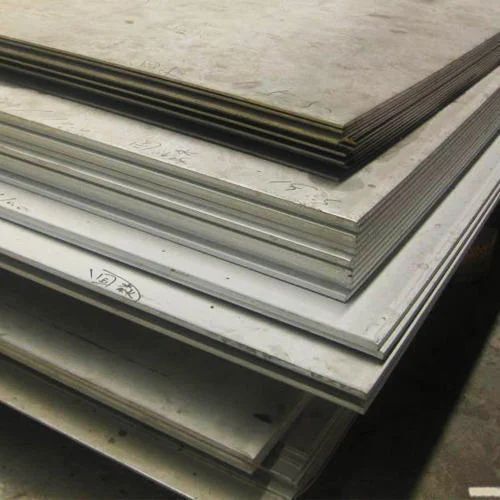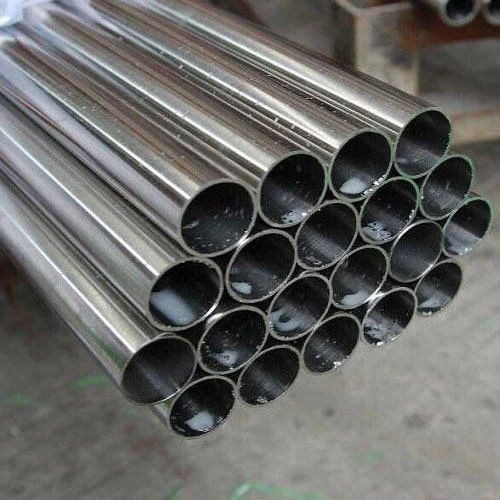Martensitic Stainless Steel
The production of martensitic stainless steel begins with the formation of martensite. The creation of body-centered crystalline iron is known as “martensite”, and it takes the shape of a solid. Most martensitic stainless steels are produced by heating austenite to a high temperature and then rapidly cooling it to a relatively low temperature.
The method under consideration is referred to as mitigation. Cementite formation can be avoided if the material is cooled quickly enough. This technique removes any extra carbon atoms in the material and unnaturally locks them away. It gives martensitic stainless steel a very high level of abrasion resistance and a very high level of hardness.The material's microstructure contributes to its abrasion resistance, and carbon is responsible for its hardness.

Austenitic Stainless Steel
Austenitic stainless steel is an alloy with excellent corrosion resistance and exceptional mechanical properties. This alloy's basic crystal structure is a face-centered cubic structure, and its "austenite" component may be found in it.The corrosion resistance of martensitic stainless steels is lower than austenitic stainless steels; nevertheless, martensitic stainless steels have greater strength, abrasion resistance, and toughness than austenitic stainless steel steels.
Applications that require significant wear and tear handling, such as platforms, transportation, abrasive surfaces, and so on, choose materials with these qualities because of their durability. The material's rigidity must also be high to ensure the structure does not bend under relatively light pressures.

Techniques of Welding
Welding techniques for austenitic and martensitic stainless steels The joining of steel through welding is a procedure that is required in the vast majority of metallurgical endeavors. The type of material affects the ease of welding, the need for welding, and the speed of the process. It is much simpler to weld austenitic stainless steel than martensitic stainless steel. The majority of martensitic steels' carbon content is greater than that of their austenitic equivalents.
This results in a decrease in the material's resistance to corrosion, a rise in its hardness, and an increase in the likelihood that chromium carbide will precipitate during welding. Before martensitic steels are welded correctly, they must first be warmed to a specific temperature. After welding, some types of austenitic stainless steel may or may not require a heat treatment, while all martensitic stainless steel must be either annealed or heat treated to strengthen them and prevent corrosion.
During welding, the corrosion resistance of martensitic steels is reduced, while austenitic stainless steels maintain their corrosion resistance throughout the process. The most common stainless steel type for welding is austenitic stainless steel type 304. Most austenitic stainless steels have a lower carbon content and include between 16 and 26 percent chromium and 22 percent nickel. Because of this, they can withstand the welding process and maintain their corrosion resistance. Martensitic grades have a chromium content ranging from 12 to 18% and a higher overall carbon percentage. Extreme caution should be exercised in thick sections and constrained joints to prevent fractures from forming while welding.